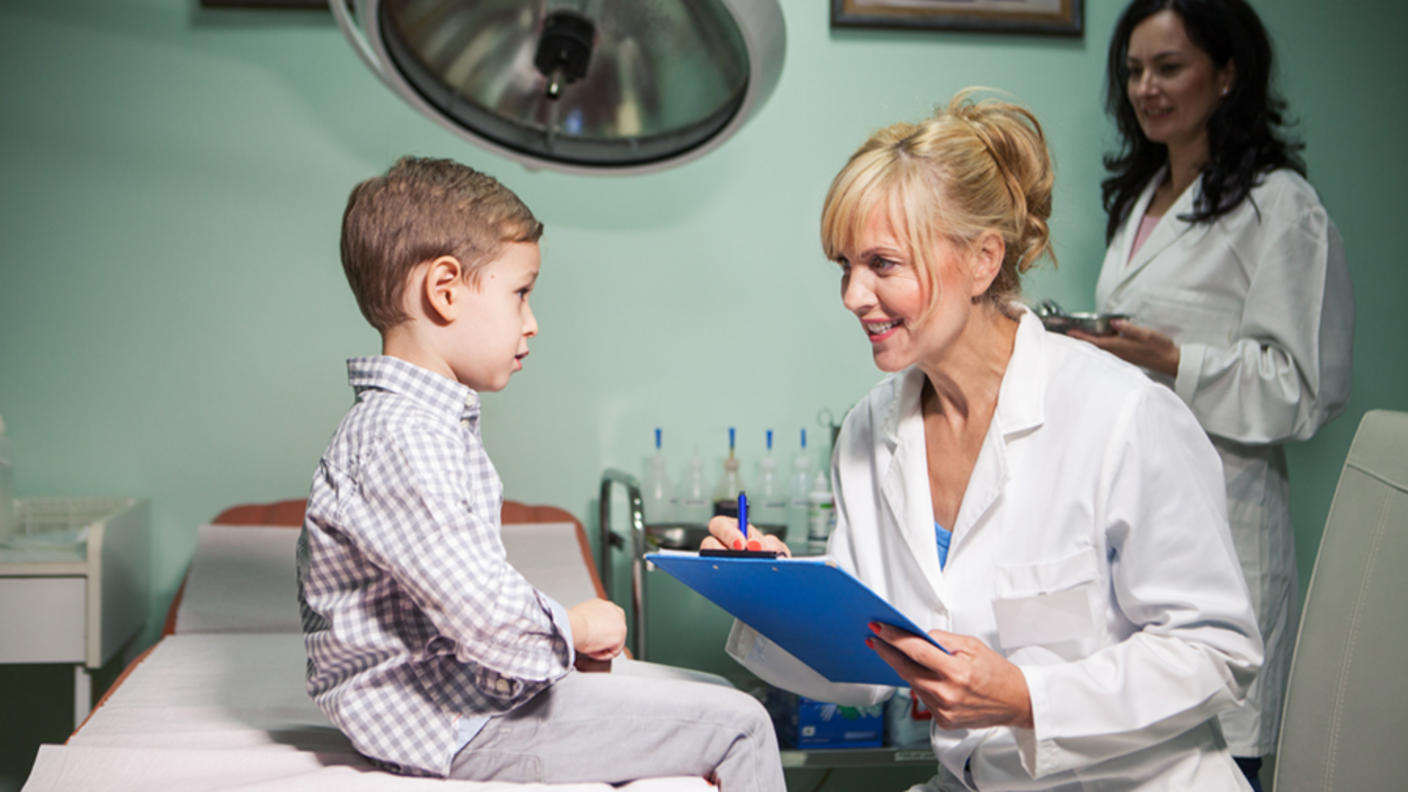What is angiosarcoma?
Angiosarcoma is a rare cancer that develops in the inner lining of blood vessels and lymph vessels. This cancer can occur anywhere in the body but most often is in the skin, breast, liver and spleen.
How common is angiosarcoma?
For every million people, one will be diagnosed with angiosarcoma per year in the U.S. Angiosarcomas make up about 1% to 2% of all sarcomas. They are most common in people over the age of 70 but can happen at any age.
How is angiosarcoma diagnosed?
Angiosarcomas often look like a bruised, purple-ish area on the skin. These areas may bleed easily when they are scratched or bumped. They grow larger over time and the skin around the bruised area can swell.
You may have pain in the area where the tumor is growing. If the angiosarcoma is growing deeper in your body (such as in the liver), and not towards the skin’s surface, you may not notice as many symptoms. It is sometimes possible to feel the lump.
Imaging: If you have symptoms, your doctor will use imaging scans such as MRI, CT, or PET scan to look at the tumor's size and location.
Biopsy: To check if the tumor is angiosarcoma, your doctor will perform a biopsy, taking a small sample from the tumor with a needle. A pathologist will study cells from the sample under the microscope to see what kind of tumor it is.
How is angiosarcoma treated?
Angiosarcoma is a fast-growing cancer, so your doctors will treat it aggressively.
Surgery: Doctors will remove as much of the angiosarcoma as possible with surgery but sometimes it is not possible due to the location.
Radiation Therapy: Radiation therapy can be used around the time of surgery. The radiation is aimed at the tumor area to prevent it from growing back after it is removed. Radiation therapy may also be used if your angiosarcoma cannot be removed with surgery.
Chemotherapy: If your tumor has spread to other parts of your body, chemotherapy may be used to kill the cancer cells. Chemotherapy may also be combined with radiation therapy if your angiosarcoma cannot be removed by surgery.
Doctors and scientists are developing new treatments for angiosarcoma.
Does angiosarcoma run in families?
Angiosarcoma can sometimes run in families. Scientists have found that people with a change in a gene called POT1 may develop angiosarcoma of the heart, and this change can be passed on to their children.
How does angiosarcoma form?
Scientists are always working to understand how cancer forms, but it can be hard to prove. We know that some risk factors for getting angiosarcoma include:
- Lymphedema, a problem in which extra lymph fluid builds up in tissues, causing swelling, usually in the arms or legs
- Past radiation therapy, such as treatment for breast cancer or Hodgkin lymphoma
- Exposure to some cancer-causing chemicals
What is the prognosis for someone with angiosarcoma?
The estimate of how a disease will affect you long-term is called prognosis. Every person is different and prognosis will depend on many factors, such as:
- Where the tumor is in your body
- If the cancer has spread to other parts of your body
- How much of the tumor was taken out during surgery
If you want information on your prognosis, it is important to talk to your doctor. NCI also has resources to help you understand cancer prognosis.
Doctors estimate survival rates by how groups of people with angiosarcomas have done in the past. Given that there are so few angiosarcoma patients, survival rates may not be accurate. They also do not consider newer treatments being developed.
People with low-grade breast angiosarcoma survive longer than people with other types of this cancer. Many people with angiosarcoma aren’t diagnosed until their cancer has already spread to other parts of the body, which often results in a worse prognosis.
